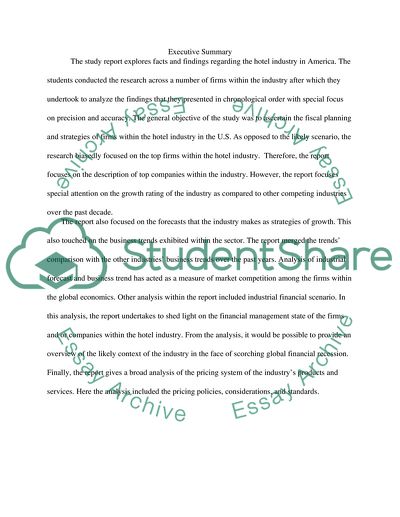Cite this document
(“The Financial Planning and Strategies of Firms within the Hotel Essay”, n.d.)
Retrieved from https://studentshare.org/marketing/1652794-hotel-industry-report
Retrieved from https://studentshare.org/marketing/1652794-hotel-industry-report
(The Financial Planning and Strategies of Firms Within the Hotel Essay)
https://studentshare.org/marketing/1652794-hotel-industry-report.
https://studentshare.org/marketing/1652794-hotel-industry-report.
“The Financial Planning and Strategies of Firms Within the Hotel Essay”, n.d. https://studentshare.org/marketing/1652794-hotel-industry-report.


